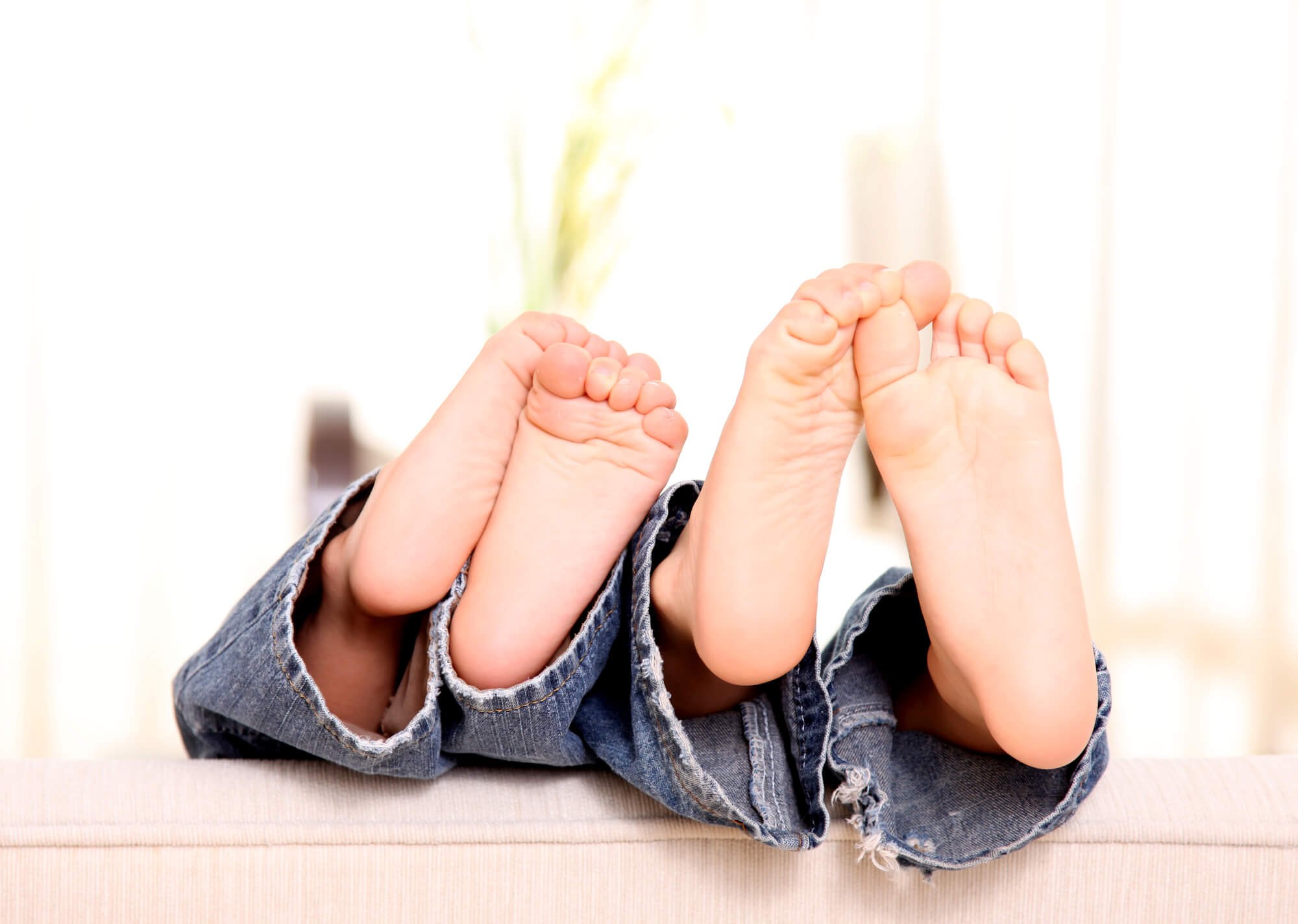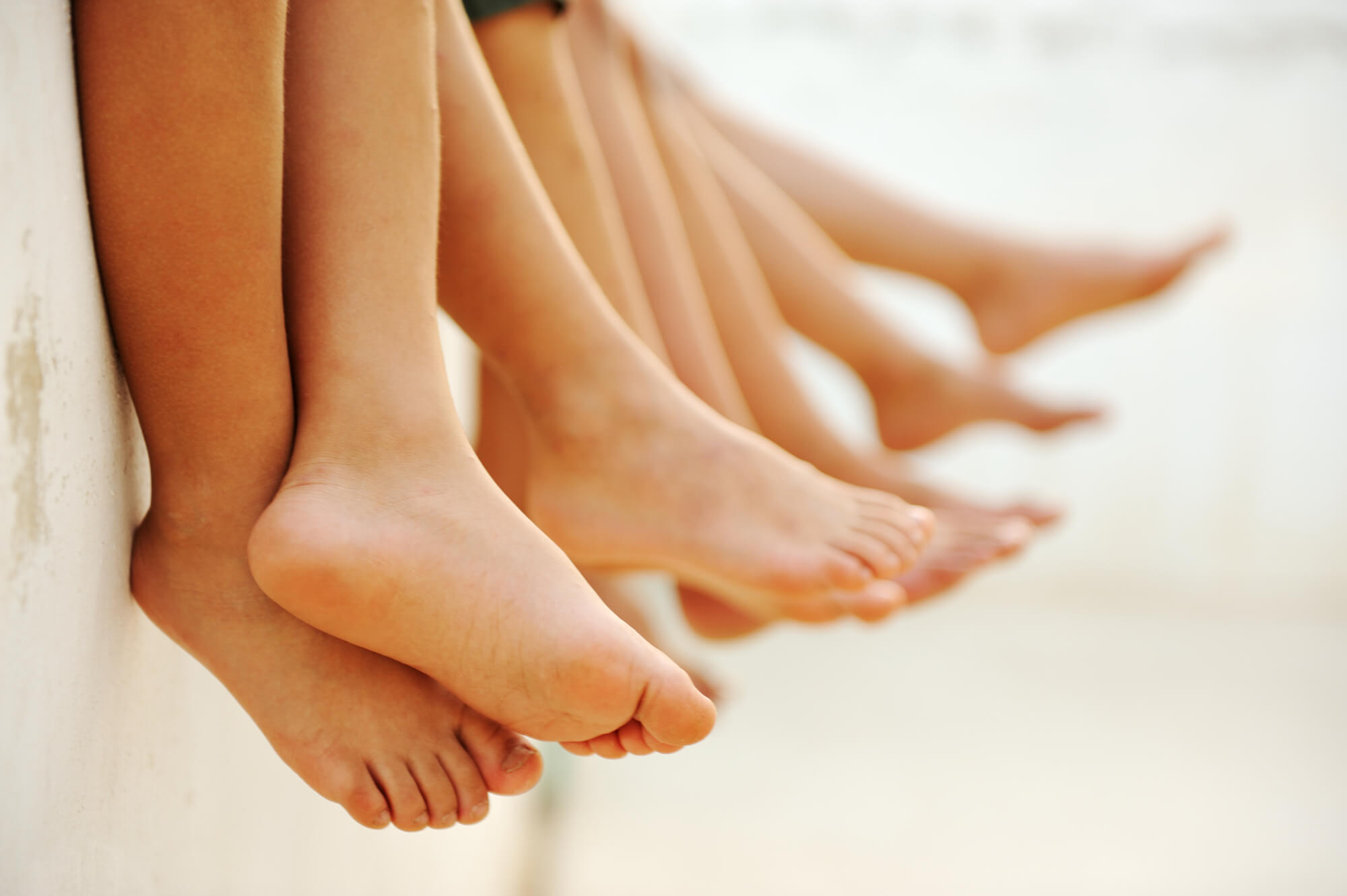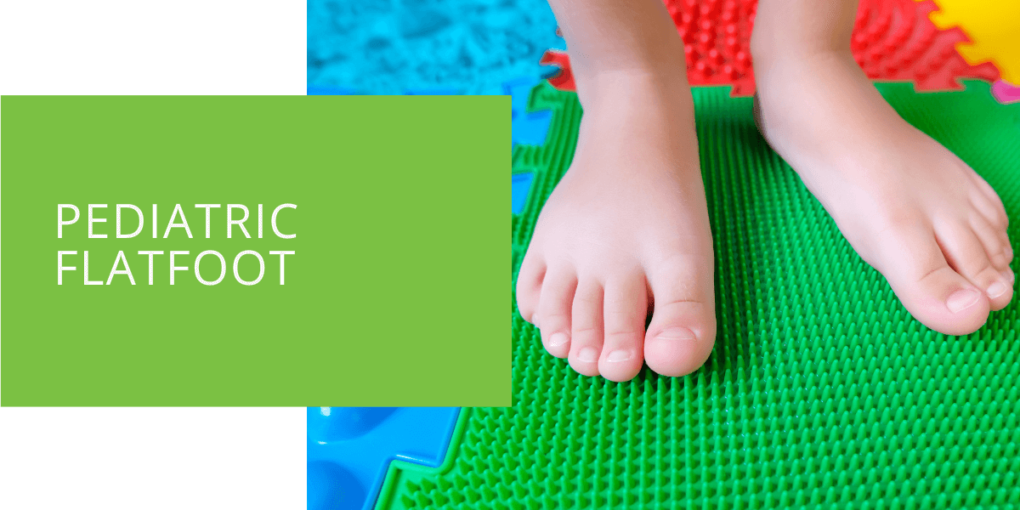Understanding Pediatric Flatfoot
Pediatric flatfoot is a common condition that occurs in children and is often misunderstood. Flatfoot occurs when the arch of the foot is flattened, leading to various symptoms and potential complications. This article will discuss the causes, symptoms, and treatment options for pediatric flatfoot, including nonsurgical and surgical management, from a podiatrist.
What is Pediatric Flatfoot?
Pediatric flatfoot, also known as flat feet, is a condition where the arches of the feet are flattened, leading to an abnormal foot shape. There are two types of flatfoot: flexible flatfoot and rigid flatfoot. Flexible flatfoot is the most common type of flatfoot in children and occurs when the arch disappears when the child stands on their feet but reappears when the child is off their feet. Rigid flatfoot is less common and occurs when the arch of the foot is flattened and doesn't reappear when the child is off their feet.

Causes of Pediatric Flatfoot
Pediatric flatfoot is a common foot condition in children that affects the arch of the foot, causing it to flatten and resulting in a variety of symptoms. Several causes of pediatric flatfoot include genetic factors, developmental changes, and lifestyle factors. Below is a list of causes of pediatric flatfoot:
- Genetic Predisposition: Children may inherit a tendency towards flatfoot from their parents or grandparents. In some cases, the arch may never fully develop, or the foot may have an unusual shape due to genetic factors.
- Connective Tissue Disorders: Flatfoot can be caused by certain connective tissue disorders, such as Ehlers-Danlos Syndrome, Marfan Syndrome, and Down Syndrome. These disorders can affect the structure and strength of the foot's ligaments, which may contribute to the development of flatfoot.
- Neuromuscular Disorders: Some neuromuscular disorders, such as cerebral palsy or muscular dystrophy, can also lead to flatfoot. These conditions affect the muscles and nerves that control foot and ankle movement, leading to weakness or imbalance in the foot and ankle muscles, which can cause flatfoot.
- Lifestyle Factors: Lifestyle factors, such as obesity or physical inactivity, can also contribute to the development of flatfoot. Excessive weight can pressure the foot and ankle, causing the arch to collapse over time. Similarly, a lack of physical activity can weaken foot and ankle muscles, contributing to flatfoot.
- Developmental Changes: In some cases, flatfoot may be caused by developmental changes in the foot and ankle. For example, some children may be born with a flat foot or develop it during growth spurts. The foot and ankle may change shape or structure as the child grows, leading to flatfoot.
- Foot Trauma: Trauma to the foot, such as a fracture or sprain, can also lead to flatfoot. The ligaments and tendons that support the arch may be damaged, leading to the development of flatfoot.
Understanding the causes of pediatric flatfoot can help parents and caregivers identify potential risk factors and take steps to prevent or manage the condition. If a child has flatfoot, it's important to consult with a podiatrist who can evaluate the child's foot and recommend appropriate treatment options.

Symptoms of Pediatric Flatfoot
The symptoms of pediatric flatfoot can vary depending on the degree of deformity and whether the child is experiencing pain or discomfort. Some children may have flatfoot with no symptoms, while others may experience foot pain, stiffness, or difficulty walking. Flatfoot can also decrease the range of motion of the foot and ankle and affect the child's gait or the way they walk.
Diagnosis of Pediatric Flatfoot
The diagnosis of pediatric flatfoot involves a physical examination by a podiatrist, which may include an assessment of the child's foot shape and a review of their medical history. Imaging tests such as X-rays may be necessary to evaluate the deformity degree and potential complications. The podiatrist may also evaluate the child's gait and look for signs of tendon or ligament problems contributing to the flatfoot.
Nonsurgical Treatment of Pediatric Flatfoot
Nonsurgical treatment options for pediatric flatfoot may include orthotics, such as shoe inserts or ankle braces, to support the arch and realign the foot. Physical therapy may also be recommended to improve foot function and range of motion. In some cases, lengthening of the Achilles tendon or other reconstructive surgical procedures may be necessary to correct the deformity.
Surgical Treatment of Pediatric Flatfoot
Surgical management of pediatric flatfoot may be necessary in cases where the deformity is severe or nonsurgical treatment options have failed. Surgical procedures may include realignment of the hindfoot and talus, osteotomy, or other minimally invasive procedures. Surgical treatment of pediatric flatfoot is often performed by an orthopedic surgeon specializing in foot and ankle surgery.

Common Concerns of Parents
Pediatric flatfoot can be a cause for concern for parents, particularly regarding how the condition may impact their child's physical activities. Many parents worry that their child's flatfoot may limit their ability to participate in sports, dance, or other physical activities or that it may cause pain or discomfort.
Fortunately, many children with flatfoot can participate in physical activities without difficulty, particularly if the condition is mild or asymptomatic. Children with flatfoot may require special accommodations, such as custom orthotics or shoes, to support the foot and improve foot function.
If your child has flatfoot and is experiencing foot pain or discomfort during physical activities, it's important to seek the advice of a podiatrist. The podiatrist can evaluate the child's foot and recommend appropriate treatment options to help manage symptoms and improve foot function.
It's also important to note that many professional athletes and dancers have flatfoot, and that the condition does not necessarily need to limit physical activity. Children with flatfoot can lead active, healthy lifestyles with proper management and care.
Conclusion
Pediatric flatfoot is a common condition that can cause foot pain, deformity, and other complications if left untreated. By understanding the causes, symptoms, and treatment options for pediatric flatfoot, parents and caregivers can help their children maintain foot function and avoid potential complications. If you suspect your child has flatfoot, seek the advice of a podiatrist who can evaluate the child's foot shape and recommend appropriate treatment options.

